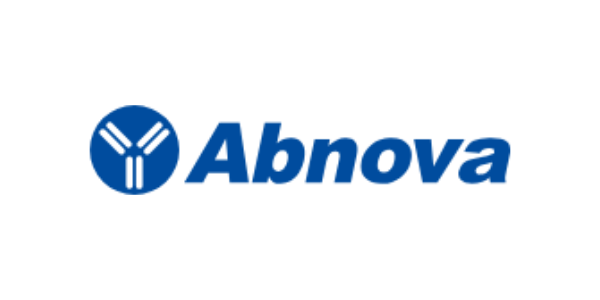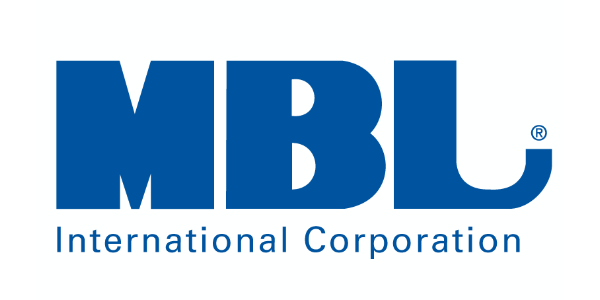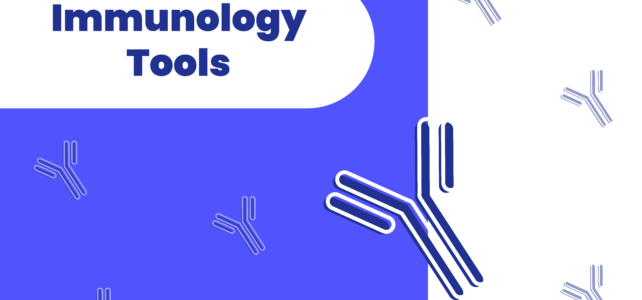Non-viral chimeric antigen receptor (CAR)-T cells are gaining attention for their cancer-killing ability with reduced side effects. Traditional CAR-T cell engineering relies on lentivirus, which causes random chromosomal integration, permanent CAR expression, and adverse effects from persistent immunologic stimulation. To
nanoCAR-T mRNA Service





